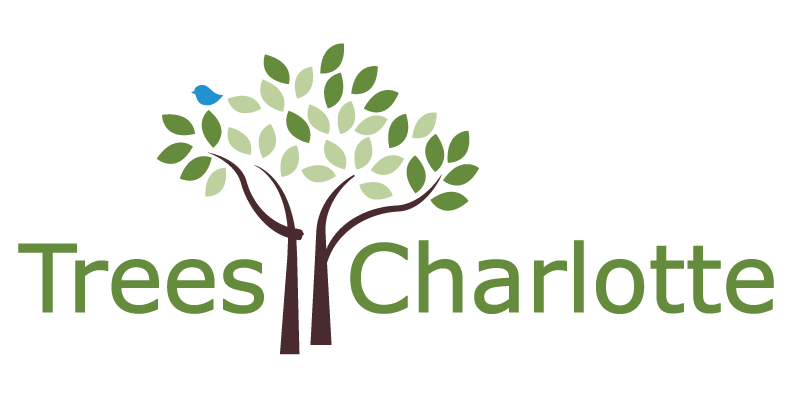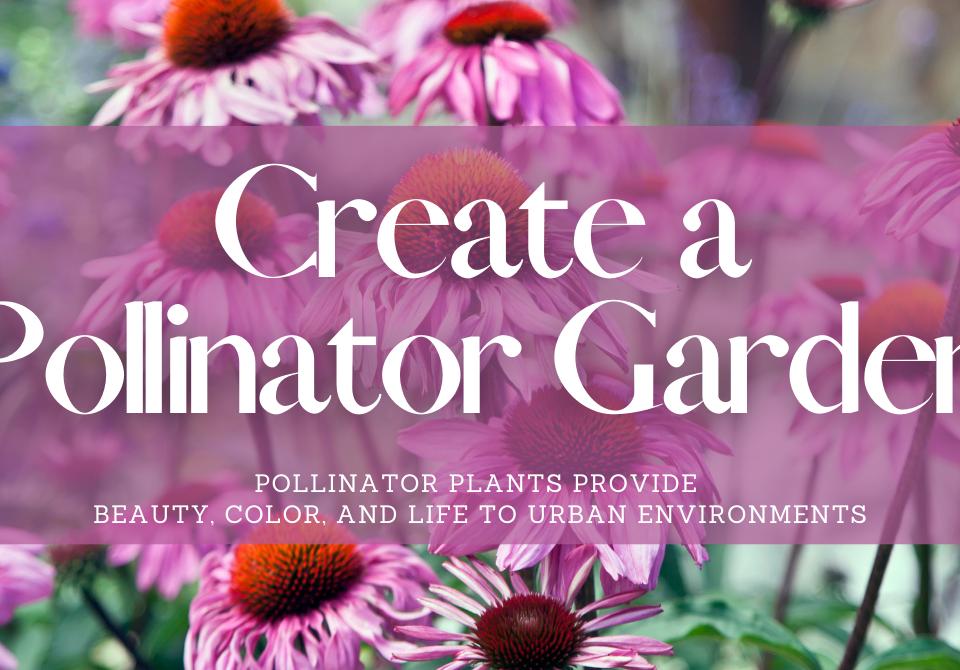The Soil Blog

By: Kate Bolkin
Dirt. The stuff that gets on our clothes, sticks to our shoes, and sneaks under our fingernails. Dirt is a pain to deal with, but when dirt is in the ground mixed with organisms, it becomes a living, breathing ecosystem. It is then no longer “dirt”—it is soil. And healthy soils are essential for healthy trees.
What is Soil?
Ideally, good soil is made up of 45% parent material (usually a mixture of sand, silt, and/or clay), 5% organic matter, and 50% pore space that is filled with water and air. Under certain conditions (like urban environments) the proportions of these elements can change. Differently textured soils behave in different ways, which is why certain kinds of trees prefer certain kinds of soils. Clay is made up of very small soil particles, meaning that pore space is limited. Sandy soils have large particles and more pore space. We’ll mostly be talking about clay soils, since that’s what we primarily deal with here in Charlotte.
Soil and Water
The type of soil (sand, silt, and clay) effects water movement in that soil. This is important to keep in mind when selecting the right tree species for your soil. Since clay soil has limited pore space, it takes a longer time for the water to drain downwards when it rains. This can be a blessing and a curse. On one hand, water is more readily available in clay soils for plants to absorb, while in sandy soils, the water disappears quickly. However, in the presence of too much water, pore space can fill up quickly, causing the roots to essentially “drown”. In clay soils, watering your tree less frequently, for longer periods is preferred. Keep in mind, putting gravel or sand at the bottom of a planting hole does not improve drainage. If you know your soil has poor drainage, selecting a tree that can tolerate wet conditions, like river birch or bald cypress, might be best.
Soil and Organisms
One of the key components that differentiates soil from dirt is life. Soil is filled with active networks of fungi, bacteria, worms, insects, small mammals, and plant materials that interact with one another creating soil food webs. The presence of these organisms is essential for healthy soils and healthy trees. Critters that move within the soil create more pore space, which then improves water drainage. Decomposers break down dead organic material, which frees up essential nutrients for living plants to use. One of the most important organisms to know is a fungus called mycorrhizae. Mycorrhizae has a symbiotic relationship with tree roots—the roots give the fungus a home and sugary exudates to eat, while the fungus increases the roots’ ability to absorb water and nutrients.
Soil and Nutrients
The type of soil in an area can also tell us about what nutrients are available for plants to take in. In general, soils with a pH of 6-6.5 are ideal for trees because the most nutrients are available at this level. Soils that are too acidic (low pH) or too alkaline (high pH) can be harmful to a plant because there may be too much or not enough of a certain nutrient. Generally, clay soils tend to be slightly more alkaline, which is why iron deficiencies are relatively common for Charlotte trees (Figure 1). Like with water, nutrients will drain away or leech at different rates depending on soil type and structure.

Soil and Cities
You’re probably not surprised to read that urban soils are very different from forest soils. And usually not in a good way. Because city soils have to bear the load of buildings, sidewalks, and roads, they are often compacted, which lessens pore space and makes is difficult for trees to thrive. Compaction reduces oxygen movement in the soil, limits the amount of water that can get to the roots, and hinders roots from spreading out. Urban soils are also heavy in pollution and excess salts. These harsh conditions are not ideal for most soil organisms, including beneficial mycorrhizae, making them scarce in urban environments.
Improving Soil
Thankfully, there are lots of technologies that can be used to improve poor soil quality. Drainage tiles can prevent water build up in poorly drained soils. Tools like air excavators can break up compacted soils when mixed with organic matter. Engineers and scientists have developed structural soils for urban use, which are specially designed soils that can bear loading and have enough pore space for root growth. Researchers are looking into the effectiveness of soil inoculants, which could promote beneficial fungi growth to help trees in poor soils.
There are also easy ways that you as a proud tree-owner can improve your soil. Mulch is cheap, easy to apply, improves soils structure, and adds nutrients as it breaks down. If you can, plant your tree away from compacted soil around sidewalks and driveways. Watering your tree frequently for short periods can cause soil to crust over, so infrequent, deeper soaks will prevent this from occurring. And of course, always get a soil test done before applying fertilizer.



